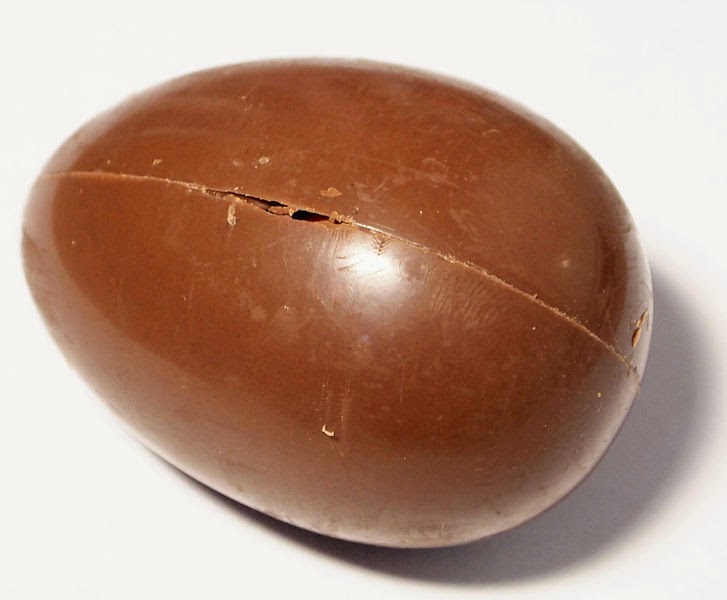
The eggs have always represented a strong mythological and symbolic element, often linked with religions. For example, we have decorated ostrich eggs from sixty thousands years ago...it was the origin of mankind itself! Then the Sumerian and the Egyptians used to put decorated and coloured eggs in the tombs. The ancient Romans used to put a red egg in the fields they cultivated in sign of good luck, saying "Omne vivum ex ovo", that is, everything that is alive came from an egg. There are also biblical legends from the roman era. Mary Magdalen, says the legend, when discovered that the tomb of Jesus was empty, immediately ran to tell the news to the Apostles. Peter, according to the legend, would have said then: "I will believe you, Mary Magdalen, only if those eggs in that basket will become red!". And suddenly the eggs actually became red. After that, in the first Christian era, in Mesopotamia, started the tradition of decorating and painting an egg red remembering the blood of Christ in the Good Friday.
But it was during the institution of Lent that the symbolical eggs of Easter became somewhat related to food: in the Lent, infact, there was the tradition of not eating eggs, and therefore the eggs were put aside and preservated for Easter. During the Middle Ages, it was a tradition to give to the servants eggs for Easter. There are various hypotesis about who created the chocolate eggs, some say it has been the king Louis XIV of France, other says it has been created in South America, where the cocoa plant, the xocoatl, is from. What we actually know is that the procedure to create the vacuum chocolate egg we see today has been invented in 1825 by the dutch chocolate artist Coenrad van Houte. This technique is known today -properly enough- as "dutching". In 1875 the english chocolatier John Cadbury started the massive distribution of the modern days Easter Eggs.
 |
| Cadbury's mini Easter eggs |
 Then, between 1885 and 1917 the decorated Easter eggs became world icon,
Then, between 1885 and 1917 the decorated Easter eggs became world icon, because of the famous jewels made for the Tsars or Russia by the russian jeweller Peter Carl Fabergé. Since the popularity of the Fabergé eggs, the chocolate eggs started to become more and more famous, and started containing a little surprise.
After the World War II, the chocolate Easter Eggs became a pop culture icon linked to springtime and Easter, and new and ancient myths have been rediscovered, like for example the tradition of the Easter Bunny leaving the eggs in the garden in Northern Europe. Today, in parts of England, Germany and France, someone still organizes a family treasure hunt with kids on Easter Sunday looking for the hidden chocolate eggs. As a final note, we can add that the word "Easter" comes from the pagan Goddess of Eostre, that in the nordic mythologies was linked with the ideas of Nature and Springtime.
 |
| Our dark chocolate Easter egg...soo delicious! |
Have a wonderful Easter!
Tom



No hay comentarios:
Publicar un comentario